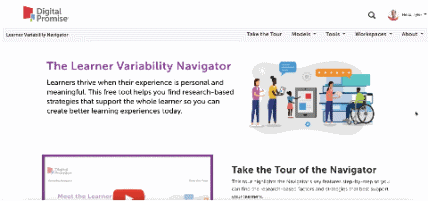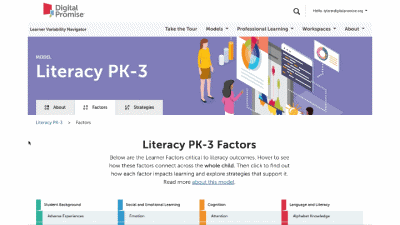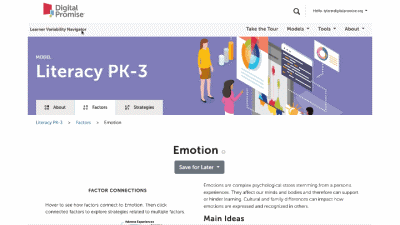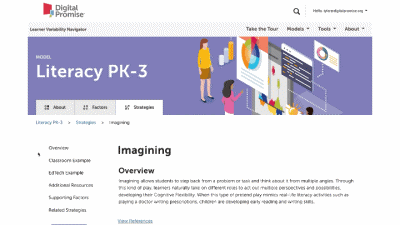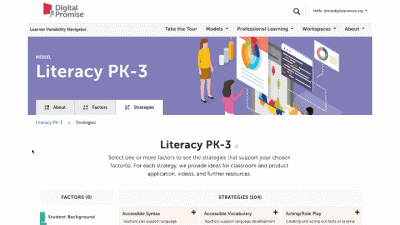Drawing Pictures
Overview
Drawing pictures to represent their thinking helps young learners use non-linguistic representations to demonstrate their understanding. Visual representations allow learners to exhibit what they know and can do in alternative ways which can support Working Memory during problem solving and retention of information in Long-term Memory.
Apply It In Your Learning Environment
Example: Use This Strategy In in the Classroom
Design It into Your Product
Apply It To Product Development
- Provide a library of common math tools for learners to build upon, so they do not have to draw complex structures and can focus their Working Memory on problem solving, reasoning, and communicating their thinking through pictures (i.e. ten frames, hundreds boards, grids, rods and units, bar models, and colored cubes).
- Provide drawing tools to support multiple ways of communicating their learning, including various colors, text boxes for labeling, and writing tools. This supports learners' Mathematical Flexibility by allowing them to creatively explore their thinking and bring their ideas to life.
Factors Supported by this Strategy
More Active Learning Strategies
Free Choice
Free choice supports learner interests and promotes the development of more complex social interactions.
Response Devices
Response devices boost engagement by encouraging all students to answer every question.


